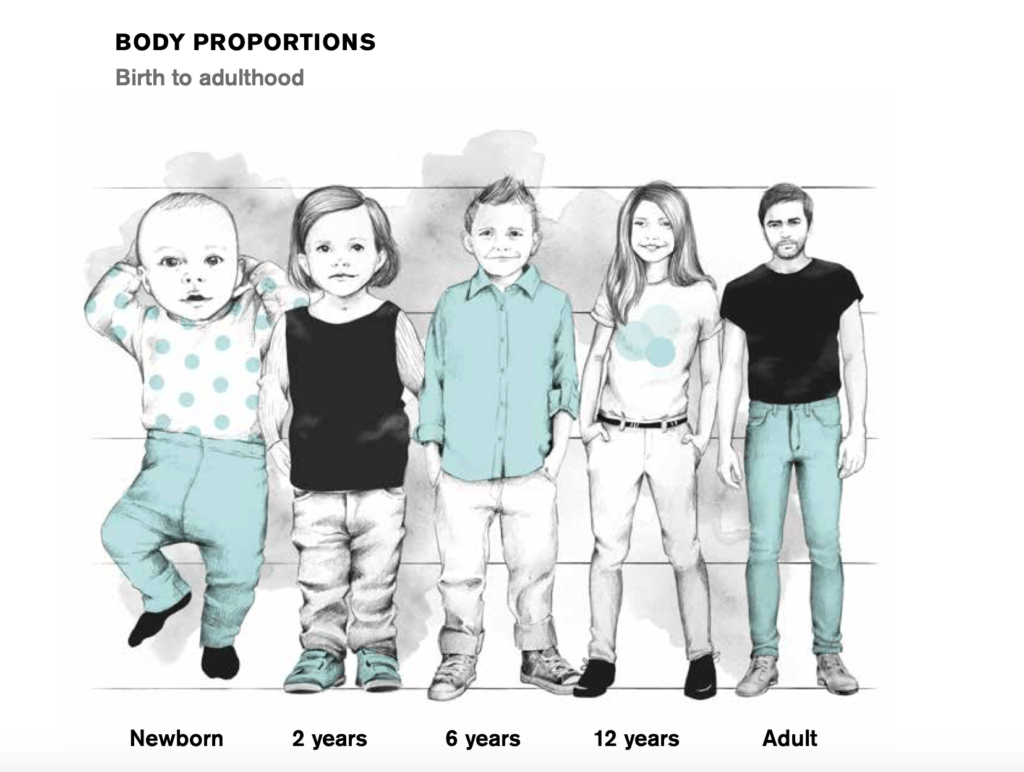As parents, we always do the best we can to keep our kids safe. While what constitutes safety is different depending on the family, but I don’t think it’s a stretch to say that life threatening situations are generally avoided. And safety within a car, like wearing a seatbelt is quite high on the priority list. But what about car seat safety? Read on to see how to ensure your children are five times safer then travelling in the car?
In Australia, babies are legally required to be in a rear-facing car seat until they are 6 months of age. But does this law reflect the science and the actual safety? In a word, no.
What does the research say? 🧐
Neuroscience Research Australia and Kidsafe released a report back in 2013: National Guidelines for the Safe Restraint of Children Travelling in Motor Vehicles.
Their conclusion was that the safest option is to keep infants and babies (and toddlers) in a rearward facing seat as long as possible, as long as they fit in the restraint:
“Rear facing restraints are highly effective in preventing injuries if used correctly, because they fully support the child’s head and neck in the event of a crash. This is important as infants have relatively large heads and weak necks which put them at particularly high risk of serious injuries if the head and neck are not supported. Rearward facing restraints support the child’s head and neck in severe frontal crashes better than forward facing restraints.”
Another study in 2007 in the US found that rear-facing car seats are five times safer than forward facing seats. And in 2011 the American Academy of Pediatrics recommended that children remain in rear-facing seats until at least 2 years of age.
So why is rear-facing so much safer? 🤷🏼♀️
Children under 4 years have quite heavy heads that are much larger in proportion to the rest of their body. An infants head makes up 25% of their body weight. An adult head on average is just 8%. The heavier head mass, coupled with weaker supporting structures of the neck makes babies and toddlers more prone to head injuries. In a frontal collision, the seat belt restrains the body, but the head is forced forwards. “Crash data covering infants and children up to 4 years of age indicate that 77% of those who were injured in automobile accidents had head injuries (Kihlberg and Gensler, 1967).

The actual anatomical structure of babies spines is different to that of an adult. A small child’s vertebrae are aligned more horizontally. As they grow and develop, the vertebrae change shape and almost interlock, making the spine more stable. Ligaments and muscles also develop more strength as they grow, which provides even more stability and protection. Sitting rear-facing allows the seat to absorb the force and keeps the head, neck and spine in alignment. This prevents possibly severe and life-threatening head and spinal injuries.
How do astronauts withstand the forces? 🚀
The idea of rearward facing seats came from Professor Bertil Aldman of Chalmers University of Technology in Gothenburg, Sweden. He was inspired by the seats that were used for astronauts in their take-off and landing. He noticed they were laying opposite to the force of acceleration and their bodies were therefore better able to withstand those forces. This was back in the 1960’s when many babies were travelling in baskets on the backseat!
These days Sweden still leads the way in terms of car seat safety; the minimum age and size for forward facing is 3 years and 15kg, but their official recommendation is 4 years.
“But my child is tall for their age..." 🧒🏼
“They’ve always had a strong neck!”
The child’s height and perceived neck strength isn’t relevant when it comes to the force of a car accident. Children are legally allowed to rear-face until 4 years of age. And by 4 years of age, their legs can get quite long. But children are flexible and adaptable. They can cross their legs, run them up the back of the seat, put them side ways, wherever. Rear-facing does not need to be difficult or uncomfortable.
The height of a child only becomes relevant when moving from a child seat, usually a booster, to sitting like an adult with an adult seat belt. For this, they must be 145cm. Children using adult seatbelts are about 2.7 times more likely to suffer an injury in a car accident than adults wearing the same type of seatbelt.

Examples that are NOT reasons to turn children forward-facing: 🙅🏻
- Their legs are bent
- They are tall for their age
- They are 6 months old
- It’s difficult to get them in and out
- The doctor/nurse/next-door neighbour/Mum in the Mum’s group said that they are big enough
- They are trying to turn around and see what you’re doing
- You think it would be more interesting for them
- A rear-facing car seat is too expensive
- We have already turned them around
My response to each of those points above:
- That’s ok
- That’s ok too
- Happy 6 months!
- Make sure your loosening all the straps and tethers. By the time they’re 2 years old and want to do everything themselves, they’ll insist they climb themselves to exert their independence
- Is this doctor/nurse/neighbour/Mum an expert? Have they read ALL the research?
- Keep talking to them, give them toys, ask what they can see out the back window
- Safety vs. Entertainment. I know which I would pick
- Kids are expensive. Safety is paramount. A new seat is cheaper than a broken neck.
- Turn them back. When you know better you do better.
Motor vehicle accidents are the leading cause of death in children aged 1-14 years and account for about 40% of injury-related deaths. Turning your children to forward facing is not a milestone, it is a step backwards in safety.
Lets spread the word to make sure all children are FIVE TIMES SAFER when travelling in the car.

